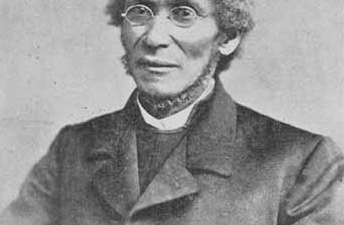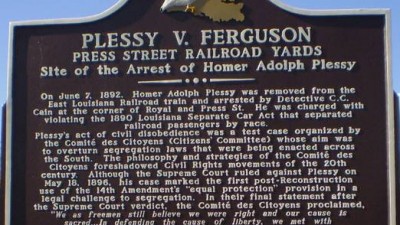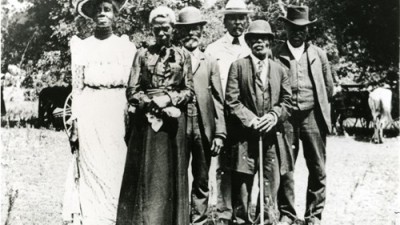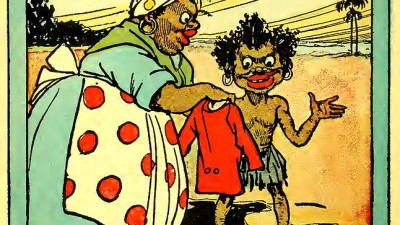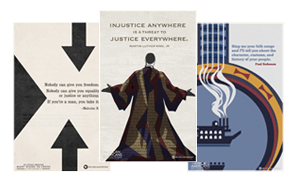TAG: Jim Crow
Free Blacks Lived in the North, Right?
Most of us know that before the American Civil War there were so-called slave states and free states. Knowing this, our minds fill in the map with logic. If such a line as “Mason-Dixon” existed (actually, there were a series of lines drawn by “compromising” Congresses throughout the first half of the 19th century), slaves must have resided below it and free black people above it, with every man, woman and child in chains trying to escape to the North just as soon as they could — following the proverbial North Star to a new life of unbounded opportunity — while those already up there remained vigilant against being kidnapped back into slavery down in the South. Continue reading
‘Plessy v. Ferguson’: Who Was Plessy?
‘How many mysteries have begun with the line, “A man gets on a train … “? In our man’s case, it happens to be true, and there is nothing mysterious about his plan. His name is Homer Plessy, a 30-year-old shoemaker in New Orleans, and on the afternoon of Tuesday, June 7, 1892, he executes it perfectly by walking up to the Press Street Depot, purchasing a first-class ticket on the 4:15 East Louisiana local and taking his seat on board. Nothing about Plessy stands out in the “whites only” car. Had he answered negatively, nothing might have. Continue reading
What Is Juneteenth?
When a general announced in Texas that slaves were free, he had no idea that, in establishing the Union Army’s authority over the people of Texas, he was also establishing the basis for a holiday, “Juneteenth” (“June” plus “nineteenth”), today the most popular annual celebration of emancipation from slavery in the United States. Continue reading
Should Blacks Collect Racist Memorabilia?
I have a confession to make: I collect racist memorabilia. Perhaps it is because my mother seems to have as well. She kept a very small ashtray on a table in our living room featuring a Black Sambo figurine at its center. Since neither of our parents ever smoked, I know Mom didn’t buy this object for its function; she bought it because she was intrigued, just as I was, even as a child. Why was this boy so very black — jet black, the blackest of blacks — and why was he depicted as naked? Again and again in idle moments, I would be drawn to the plight of this little black boy, frozen for all time in a racist form of in extremis, I guess one might say, with the reddest and thickest of lips, the whitest of eyes and the unutterably blackest of skin. Continue reading
Find educational resources related to this program - and access to thousands of curriculum-targeted digital resources for the classroom at PBS LearningMedia.
Visit PBS Learning Media

